Jane Freilicher (1924–2014) often quoted the Polish-French artist Balthus: ‘I am a painter about whom nothing is known.’ As untrue for Balthus as it was for her, this playful declaration gestures towards some of the widely held yet misleading assumptions about Freilicher’s art, so often lazily associated with insularity, reclusiveness and repetition of subject. Freilicher came into artistic maturity in New York at the height of the reign of Abstract Expressionism, a style and a sensibility that in its muscular gesturalism made Freilicher, in her own words, ‘want to stand a little to one side, where I was anyway, and go on with what I was doing’.
Like her contemporaries Fairfield Porter, Larry Rivers (whom she persuaded to take up painting seriously), and Nell Blaine, Freilicher was a figurative painter. Her favourite subjects included a ragtag bouquet of wildflowers in pitchers or paint tins in front of windows looking out on to chock-a-block cityscapes (from her West Village apartment on 12th Street), and the dunes, fields, and water around her Water Mill home in Long Island. It’s views like these that populate Paul Kasmin Gallery’s current exhibition of work made by the artist in her late twenties and early thirties, ‘Jane Freilicher: ’50s New York’. (Kasmin now represents the Freilicher estate, advised by Eric Brown, formerly a co-owner of Tibor de Nagy where the artist showed for over half a century.)
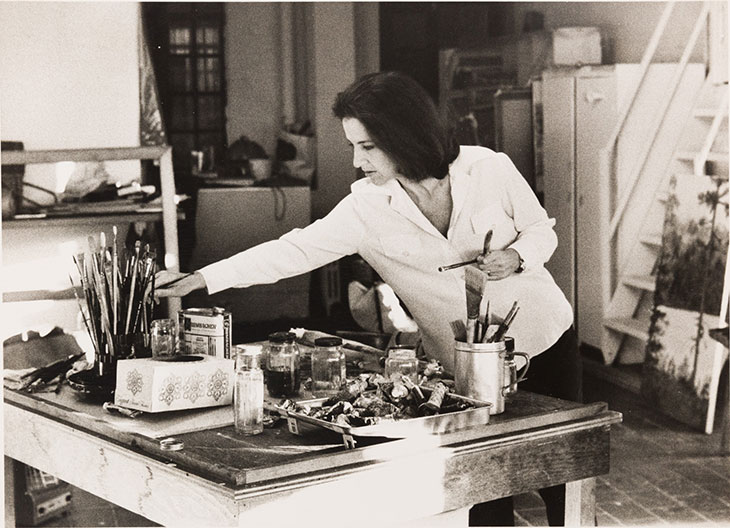
Jane Freilicher in the studio, 1972. Photo: Joe Hazan
The exhibition features a dozen or so interiors or still lifes from the 1950s as well as a street scene and a self-portrait, both from the ’60s. It is a joy to see works like The Painting Table (1954), previously in the collection of the late poet John Ashbery with whom Freilicher was close for over 60 years. Measuring only 66 by 100 centimetres, this is an intimate depiction of lived-in space, and while the total composition might feel charmingly ill-proportioned, it asks the viewer to really examine the artist’s materials.
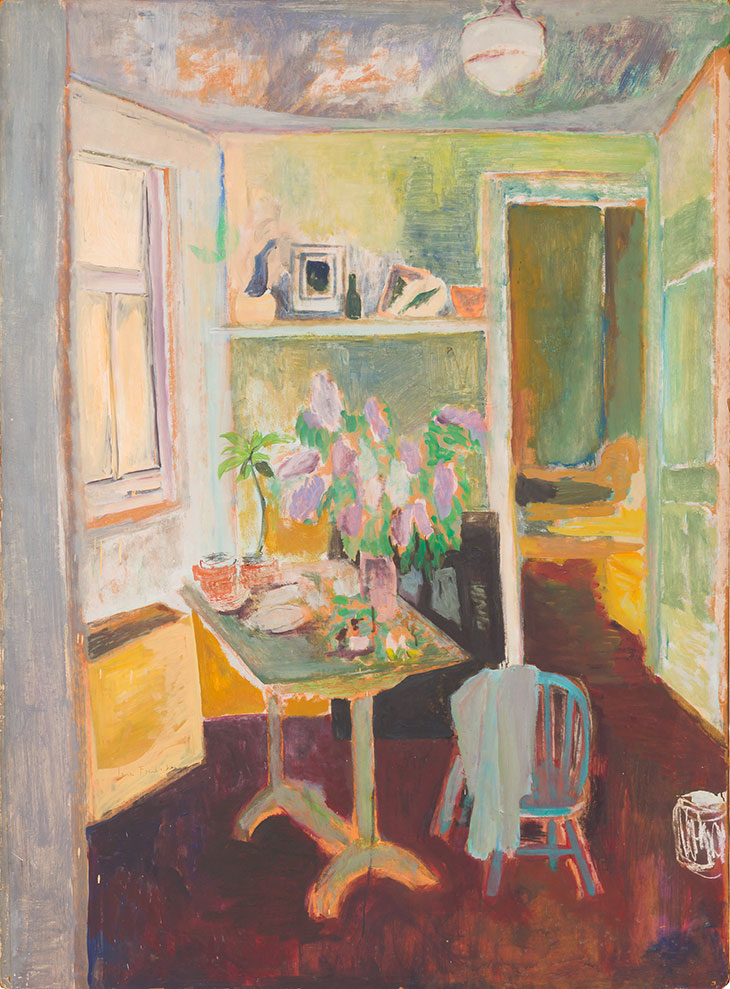
Interior (1953), Jane Freilicher. Courtesy the Estate of Jane Freilicher and Paul Kasmin Gallery
Time and time again, a Freilicher rewards getting up close, in order to consider the relation of parts to the whole; this is as true for The Painting Table as it is for two paintings entitled Interior (from 1953 and ’54). In this pair of works depicting the same room from the same viewpoint but constructed with wildly different palettes, the respective interiors pulse with what seems like a seasonally affected tone, working through the relation between feeling and place, mood and perception with a deft touch.
Freilicher’s use of colour is at once brilliant and awkward. In Early New York Evening (1954), the purple and yellow of Siberian irises stretch out in the foreground, mirroring the upward lines of Midtown’s four Con Edison smokestacks in the far back. The whole scene feels somehow flattened out, interior and exterior brought close so as to almost touch and dissolve the distance between the inside of the apartment and the outside of the unwieldy metropolis. We are left to wonder how much it is created from observation, and how much imagination and memory have urged the composition into surprising colours and forms. ‘I’m quite willing to sacrifice fidelity to the subject to the vitality of the image,’ Freilicher once reflected, ‘a sensation of the quick, lively blur of reality as it is apprehended rather than analyzed. I like to work on that borderline – opulent beauty in a homespun environment.’ It is something of this borderline that led Fairfield Porter, in a review of her first solo show at the Tibor de Nagy in 1952, to describe Freilicher’s work as simultaneously ‘traditional and radical’.
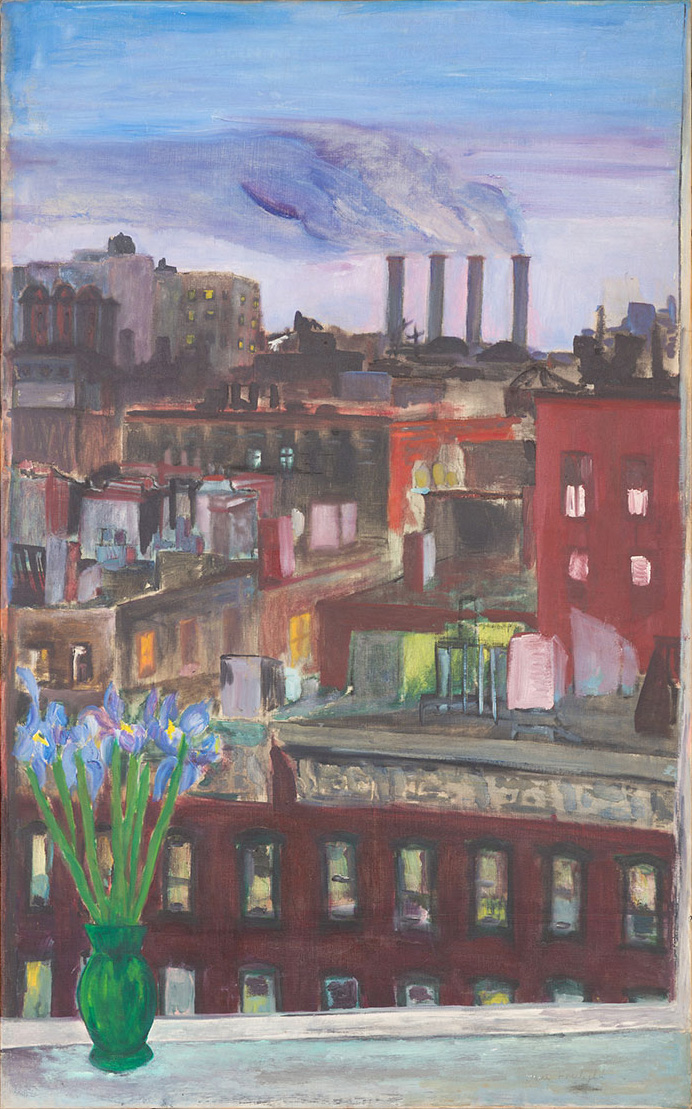
Early New York Evening (1954), Jane Freilicher. Courtesy the Estate of Jane Freilicher and Paul Kasmin Gallery
Early New York Evening provided the cover to an anthology published in 2004 of writing by The New York School poets (featuring Ashbery, Frank O’Hara, Kenneth Koch, and James Schuyler), among whom Freilicher was well-known not just as a muse – although that she most certainly was – but also an intellectual sparring partner, confidant and collaborator. In a conversation with Ashbery in 1958, reprinted in the catalogue Paul Kasmin has published for this exhibition, Freilicher notes her work’s ‘kinship’ to poetry, arriving ‘at strange juxtapositions and unexpected organization’. Indeed, there is a certain lyricism to the painter’s insistence on the artistry of the quotidian objects that fill our lives. As O’Hara wrote in homage to his friend, ‘Interior (with Jane)’: ‘The eagerness of objects to / be what we are afraid to do / cannot help but move us’. In vibrant pigment and frenetic brushstroke, with a particular attention to shape and line, Freilicher captured the often-overlooked beauties of the everyday like no other post-war American artist.
Not only does Paul Kasmin have a sequence of shows in the pipeline (this exhibition follows a successful display of Freilicher’s female nudes at the ADAA in February), but Karin Roffman, who last year published a monograph on Ashbery’s early years, is currently working on a major biography on Freilicher. Ashbery once said that Freilicher was ‘the wittiest person’ he had ever known, and we can feel that warm intelligence, that Morandi-esque sensitivity to the charm of the world around us throughout her paintings. On the merits of this show at least, it feels certain that an awful lot more than nothing will be known about Freilicher in the coming years, and rightfully so.
‘Jane Freilicher: ’50s New York’ is at Paul Kasmin Gallery, New York, until 9 June 2018.
Unlimited access from just $16 every 3 months
Subscribe to get unlimited and exclusive access to the top art stories, interviews and exhibition reviews.

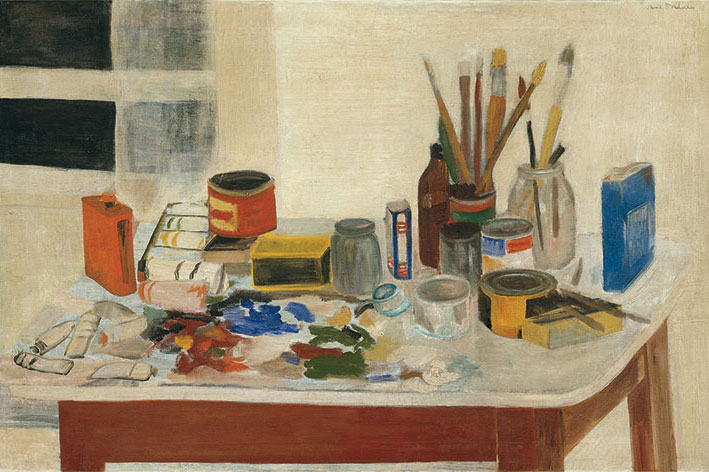
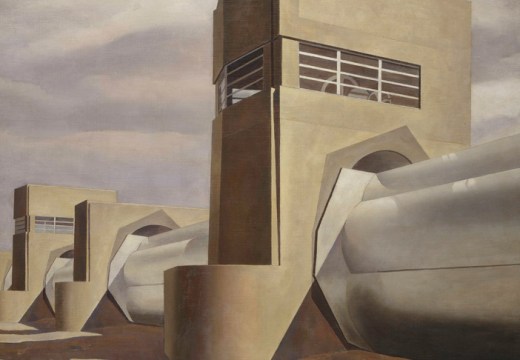
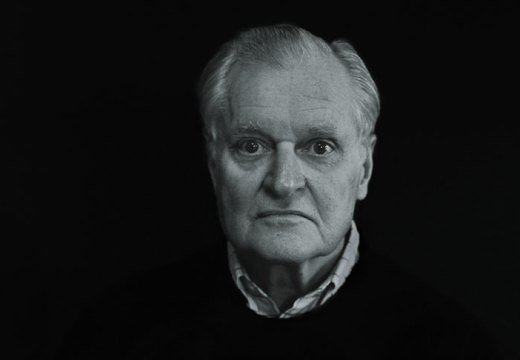
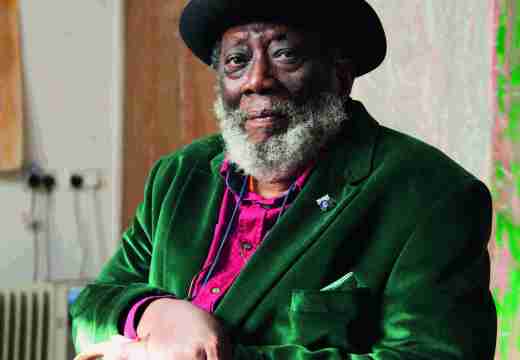









![Masterpiece [Re]discovery 2022. Photo: Ben Fisher Photography, courtesy of Masterpiece London](http://www.apollo-magazine.com/wp-content/uploads/2022/07/MPL2022_4263.jpg)
It’s time for the government of London to return to its rightful home